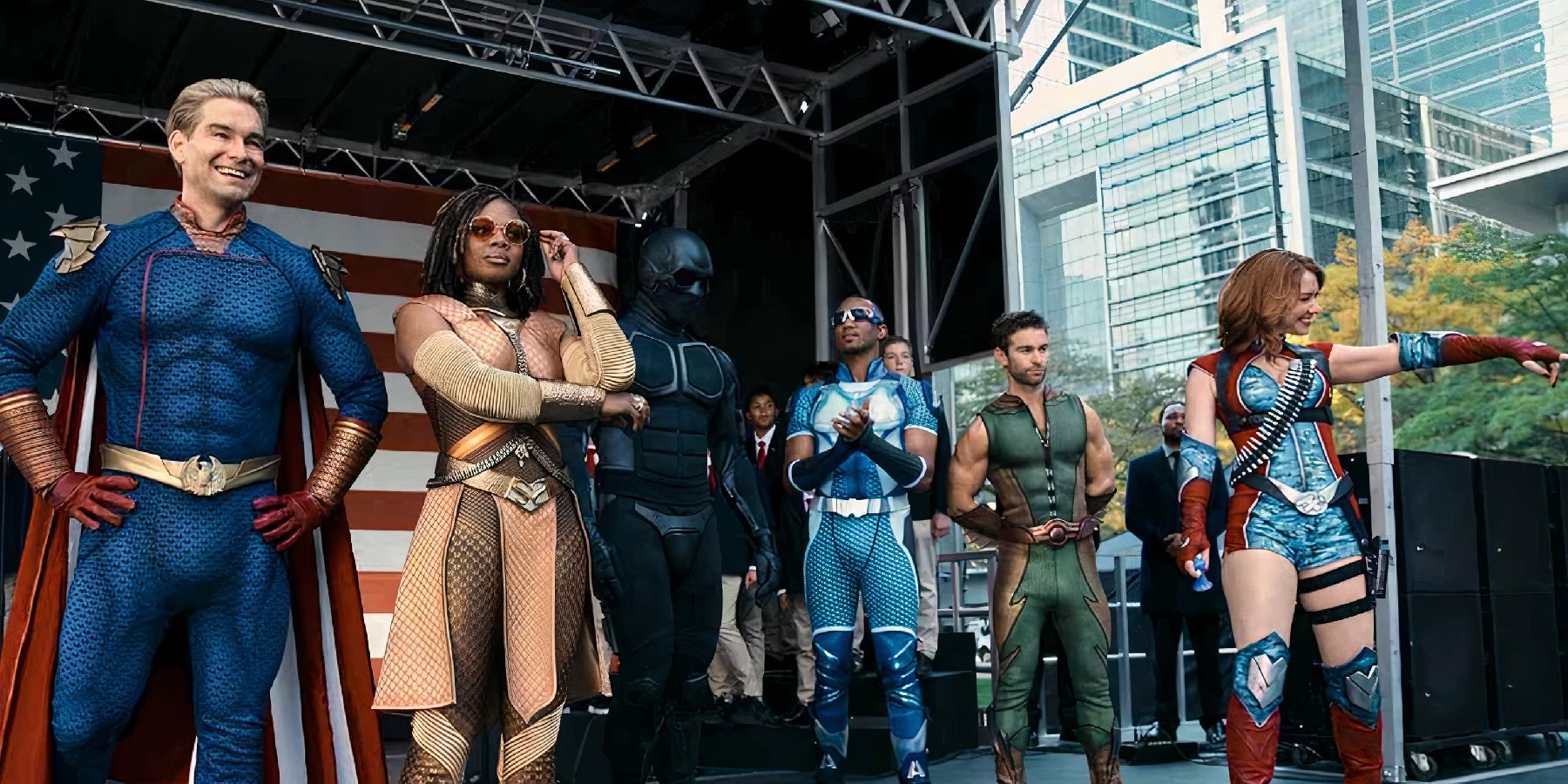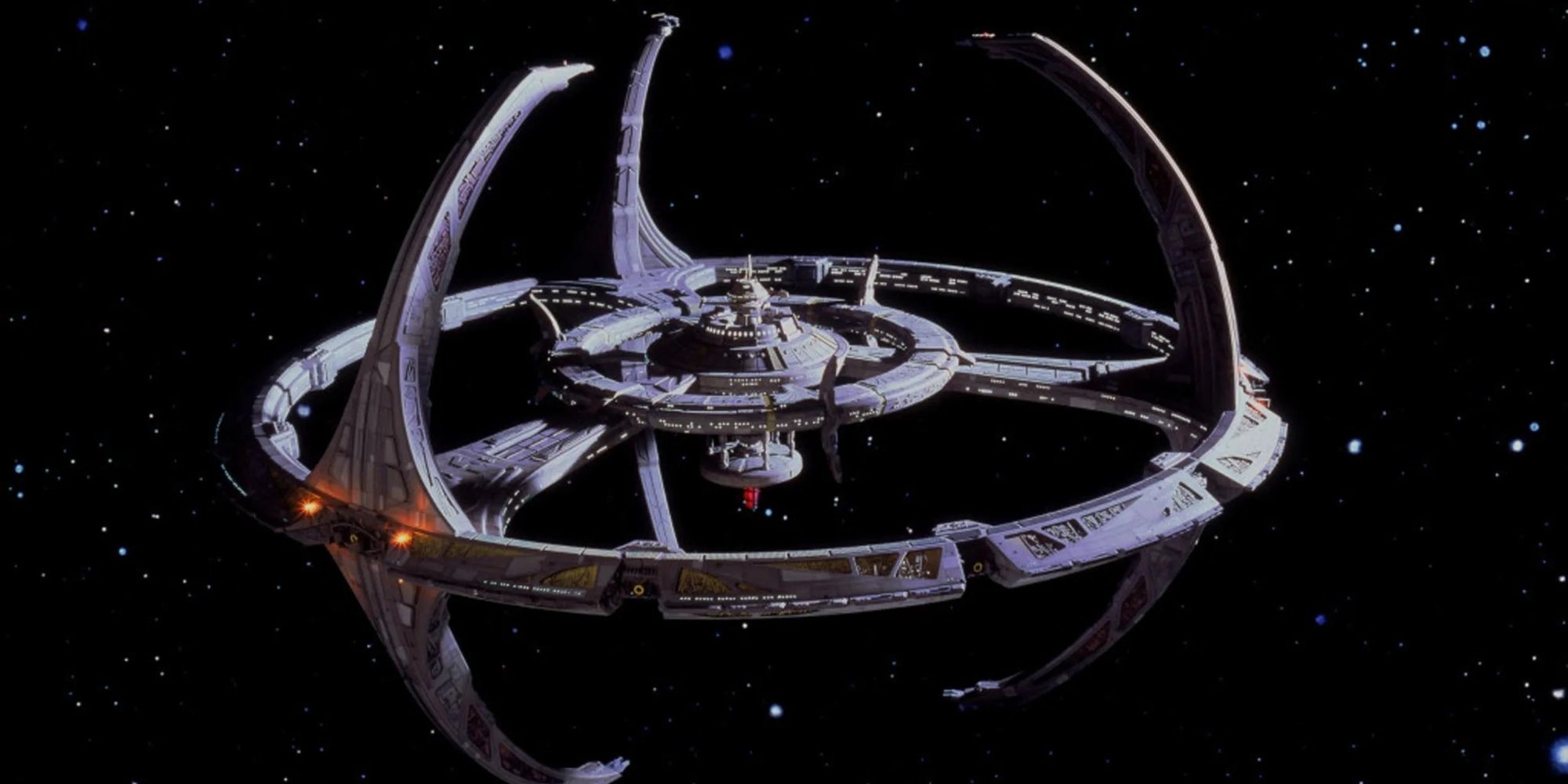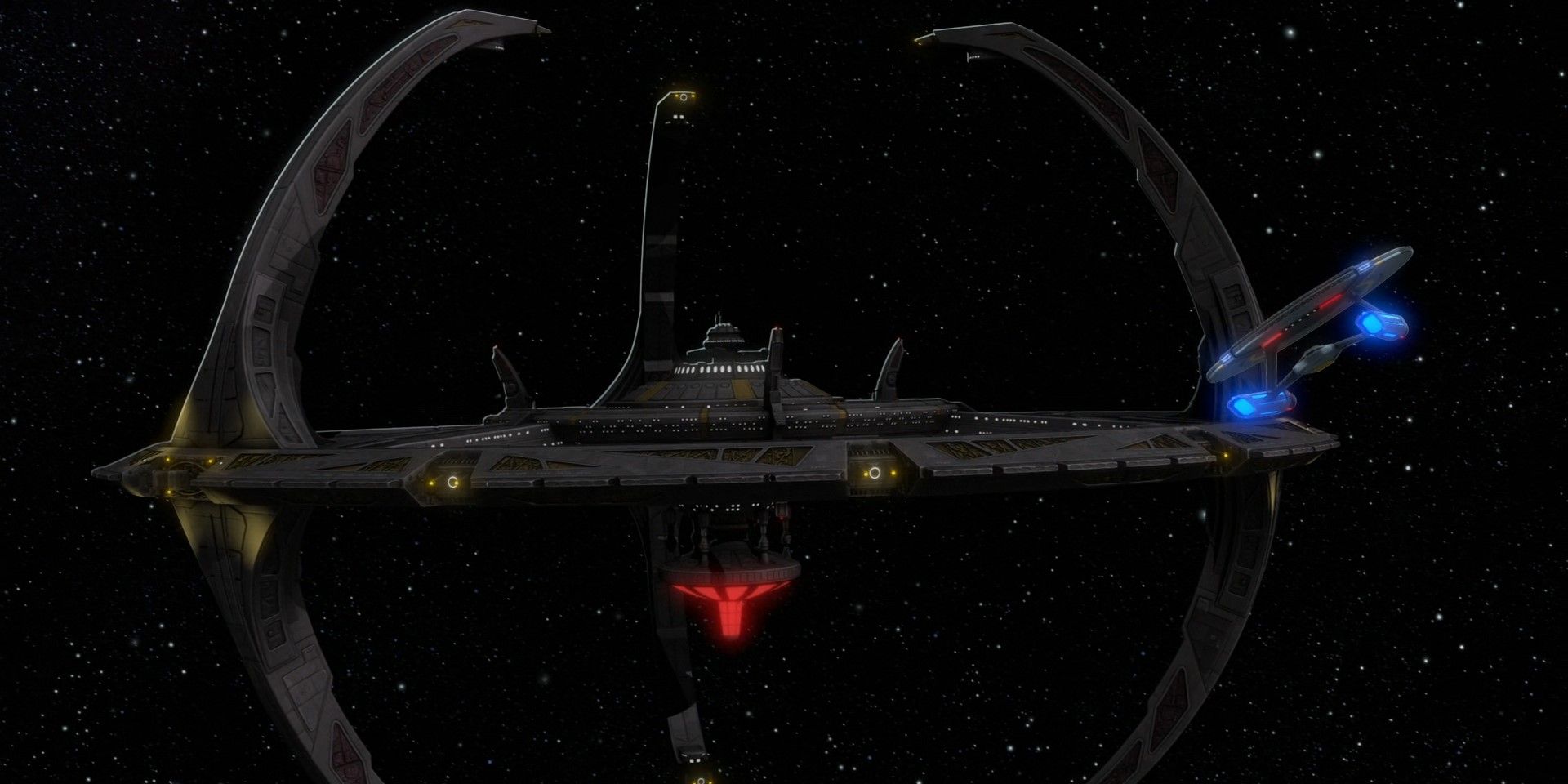When a science fiction property deals with starships and interstellar travel, it's natural for there to also be space stations. In fact, it's a requirement, because even modern day Earth has a space station orbiting it. Star Trek has continued to visit different space stations throughout its tenure, starting as early as the original Star Trek series. The most renowned space station in all of Star Trek is Deep Space Nine, the eponymous station from the TV series of the same name.
Deep Space Nine aired from 1993 to 1999, offering a new and unique setting that fans weren't completely comfortable with at first. Unlike previous and future iterations of Star Trek, Deep Space Nine took place on a space station. There was no starship with a crew investigating worlds nobody had gone to before. The series took some chances to be different, and ultimately succeeded. Now, DS9 is a part of the Star Trek lexicon. But what does its name actually mean? Why "Deep Space" rather than Starbase? Why nine?
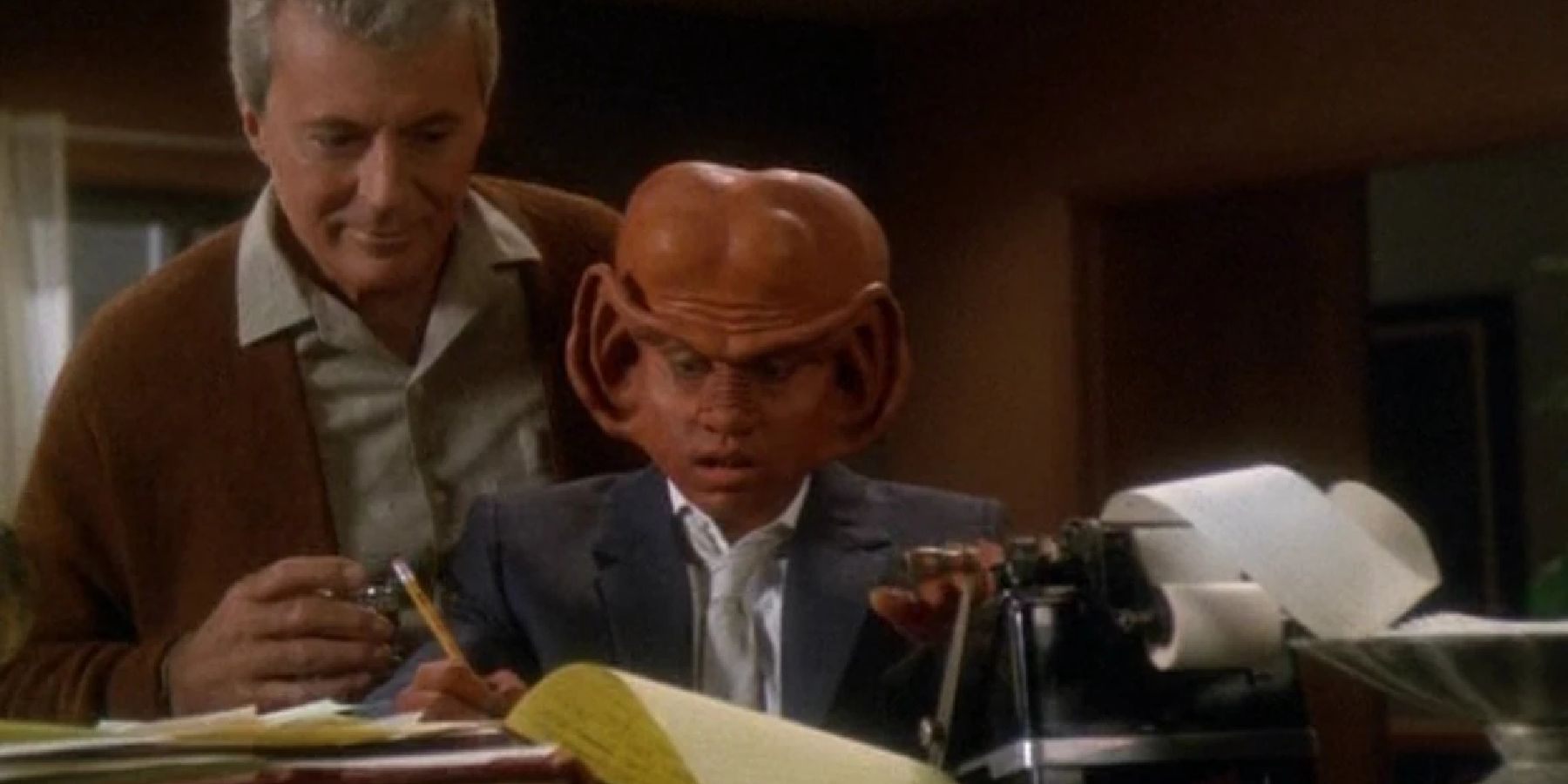
Star Trek: Deep Space Nine's 'It's Only A Paper Moon' Explained
"It's Only a Paper Moon" was one of Star Trek's most heartfelt episodes, showing the ramifications of war on a personal level.
What does Deep Space Nine mean in Star Trek?
Deep Space Nine is a jointly operated space station between Starfleet and the Bajor Republic. While the Bajorans own the space station formerly known as Terok Nor, Starfleet runs it, using it as part of its network of space stations around the Alpha Quadrant. The Bajorans had only recently broken out from underneath Cardassian rule, which left the Bajorans with only a provisional government. Starfleet hoped to induct Bajor into the Federation, making an alliance with them that gave them operational control over Terok Nor. When Starfleet took over Terok Nor, they gave the space station the designation Deep Space Nine.
Deep Space Nine was the ninth Deep Space station, thus its designation as Deep Space Nine. Throughout the series and future Star Trek projects, characters commonly reference other Deep Space stations. Star Trek: First Contact made a reference to Deep Space Five, which was a missed opportunity to reference the series that was still on the air at the time. The film featured the Defiant in its opening scene, the primary starship stationed at Deep Space Nine, the ship that Captain Sisko was in love with and Worf lived on.
Deep Space Nine doesn't have the same appearance as most Starfleet stations, because the Federation didn't construct it. Before Starfleet and Bajoran officers occupied the space station, it held the Cardassian designation Terok Nor. The Cardassians used Bajoran slave labor to construct Terok Nor in Bajor's orbit while they occupied the planet, and used the station as a processing plant for uridium ore. Bajoran slaves mined the ore on Bajor's surface before sending it up to Terok Nor for more Bajoran slaves to process it. Gul Dukat maintained until his death that he took good care of those laborers in his charge, but Bajorans would argue that claim.
Deep Space Nine found itself serving multiple purposes throughout the Dominion War. Starfleet originally settled on the station to offer protection to the Bajorans in case Cardassia changed its mind and wanted to occupy the planet again. Once the Dominion War was in full swing, the station acted as a military outpost. It prevented more Dominion troops from coming through the wormhole that connected the Gamma and Alpha Quadrants. No matter what, the station continued to serve as a place where traders, Starfleet officers, and explorers could stay for some good food, drinks, and entertainment, thanks to Quark's Bar.
Are There Other Levels of Deep Space?
Starfleet is an expansive organization that has star bases throughout the Alpha Quadrant. In order to maintain efficiency and support for Starfleet's various missions, it constructed over 700 starbases. These starbases are places where the starships can dock to give crews a chance to stretch their legs and engage in leisurely activities if necessary. Additionally, starships can resupply their reserves at starbases, allowing them to stay out in space longer. However, Deep Space stations are a little different than Starfleet's run-of-the-mill starbases.
Starfleet defines "deep space" as any region of space not within Federation borders. Since Deep Space Nine was within the Bajoran Republic's borders, Starfleet considered it a Deep Space station rather than a starbase. Similarly, since the Klingon Empire merely has an alliance with the Federation and isn't part of the Federation, any space stations within their borders are considered Deep Space stations. Deep Space Station K-7, based near the Federation/Klingon border, appeared in both The Original Series episode "The Trouble with Tribbles" and "DS9's Trials and Tribble-ations." Deep Space Seven sits within the neutral zone just outside of Romulan space.
Some other Deep Space stations that Star Trek mentions are Deep Space Five in the movie Star Trek: First Contact, Deep Space Four in Voyager and Picard, and Deep Space Three in The Next Generation. Deep Space Four held information about Seven of Nine's family from before they were assimilated by the Borg. By the time Picard season three took place, DS4 was no longer active, which tipped off Captain Shaw of the USS Titan that Jean Luc Picard was deceiving him, since the Admiral mentioned paying a visit there for an engineering inspection.
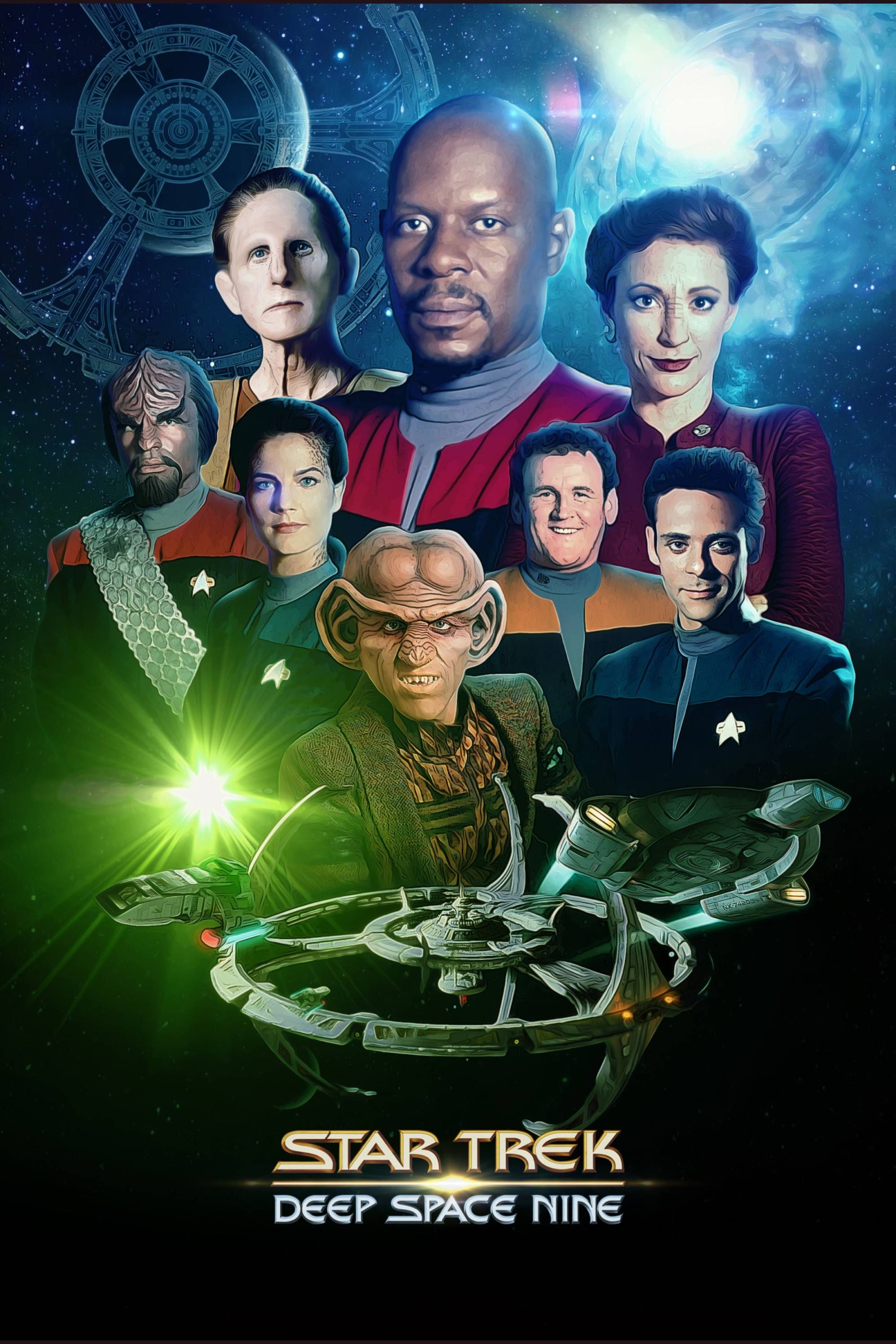
Star Trek: Deep Space Nine
- Release Date
- January 3, 1993
- Creator
- Rick Berman, Michael Piller
- Seasons
- 7
- Number of Episodes
- 176
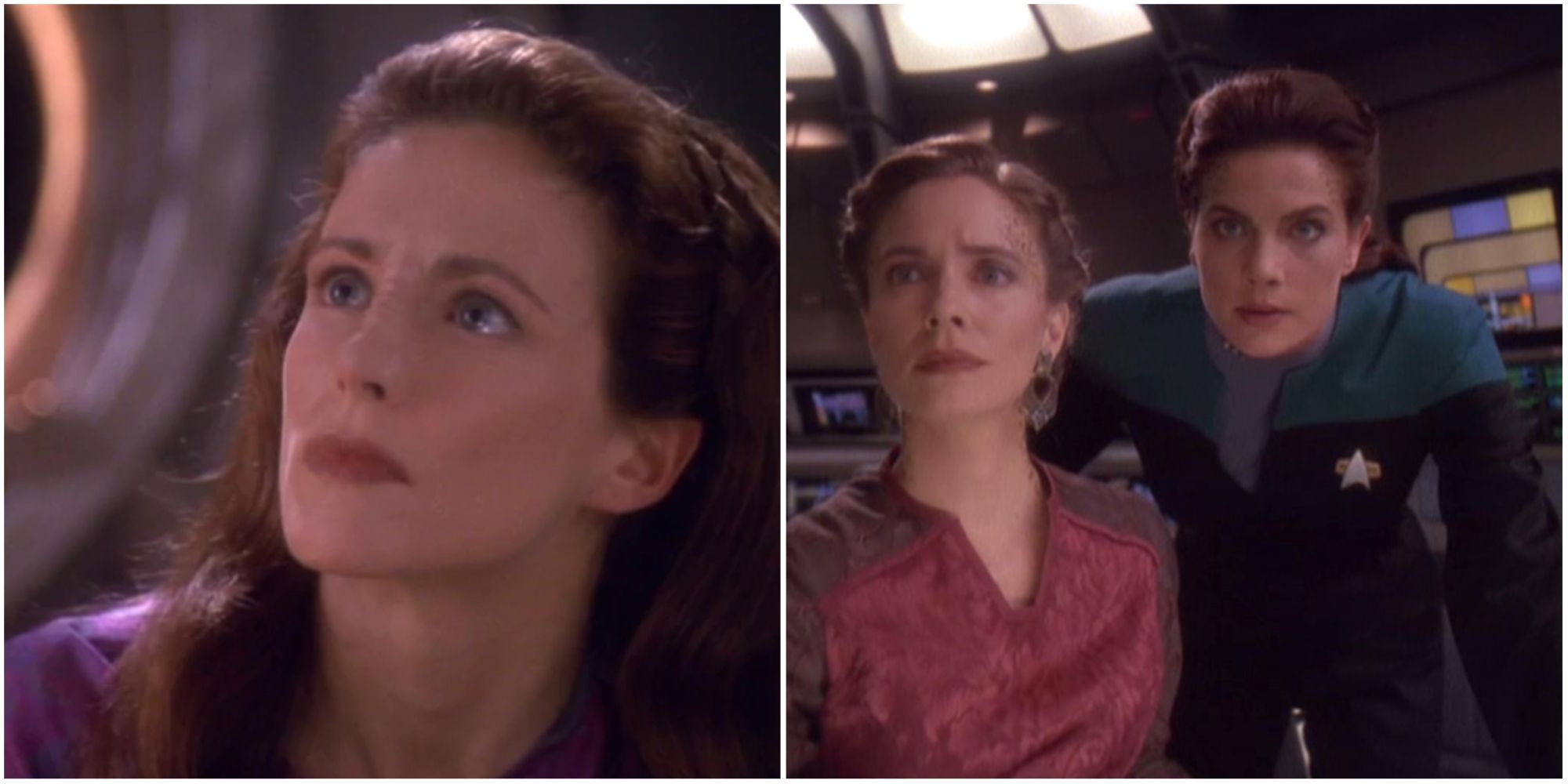
Star Trek: 7 Best One-Off Characters In Deep Space Nine
Despite appearing a few times in Deep Space Nine, these characters managed to leave a long-lasting impression on fans.

